Markus Greiner
Machine learning discovery of new phases in programmable quantum simulator snapshots
Dec 20, 2021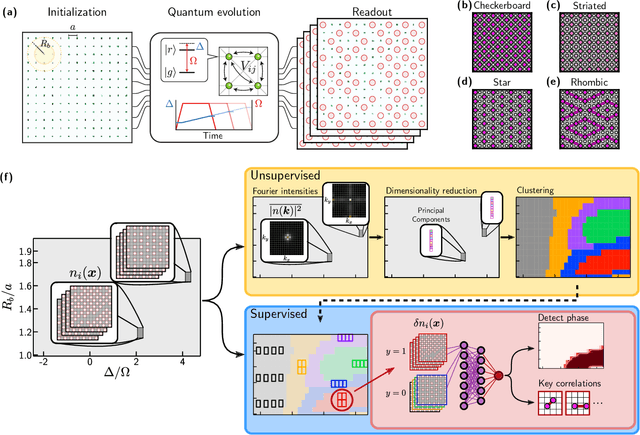
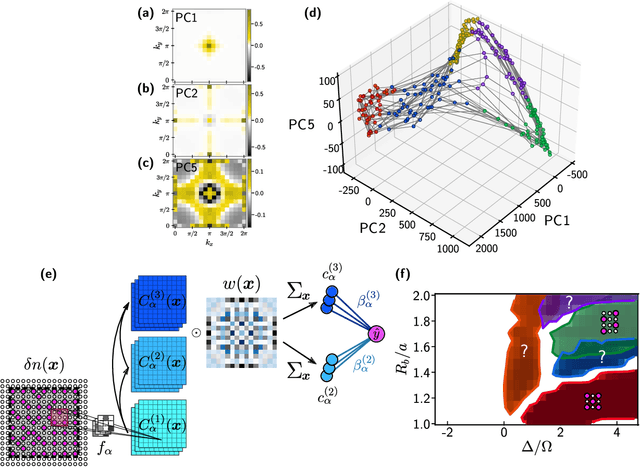
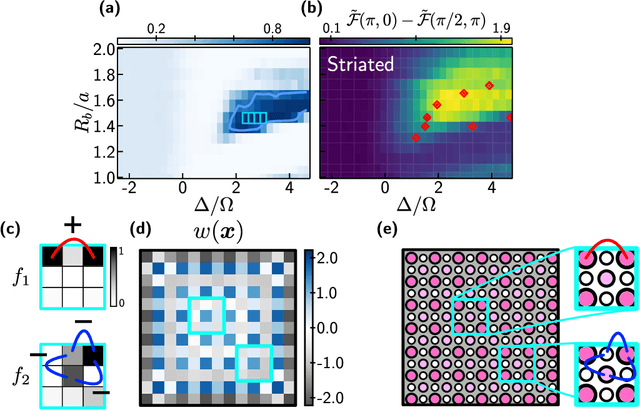
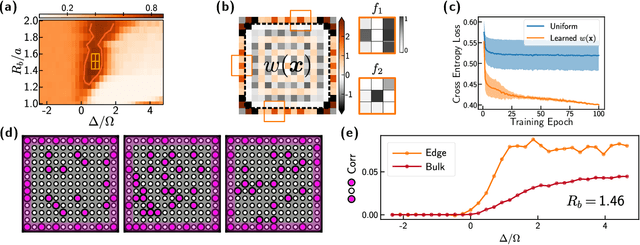
Abstract:Machine learning has recently emerged as a promising approach for studying complex phenomena characterized by rich datasets. In particular, data-centric approaches lend to the possibility of automatically discovering structures in experimental datasets that manual inspection may miss. Here, we introduce an interpretable unsupervised-supervised hybrid machine learning approach, the hybrid-correlation convolutional neural network (Hybrid-CCNN), and apply it to experimental data generated using a programmable quantum simulator based on Rydberg atom arrays. Specifically, we apply Hybrid-CCNN to analyze new quantum phases on square lattices with programmable interactions. The initial unsupervised dimensionality reduction and clustering stage first reveals five distinct quantum phase regions. In a second supervised stage, we refine these phase boundaries and characterize each phase by training fully interpretable CCNNs and extracting the relevant correlations for each phase. The characteristic spatial weightings and snippets of correlations specifically recognized in each phase capture quantum fluctuations in the striated phase and identify two previously undetected phases, the rhombic and boundary-ordered phases. These observations demonstrate that a combination of programmable quantum simulators with machine learning can be used as a powerful tool for detailed exploration of correlated quantum states of matter.
Correlator Convolutional Neural Networks: An Interpretable Architecture for Image-like Quantum Matter Data
Nov 06, 2020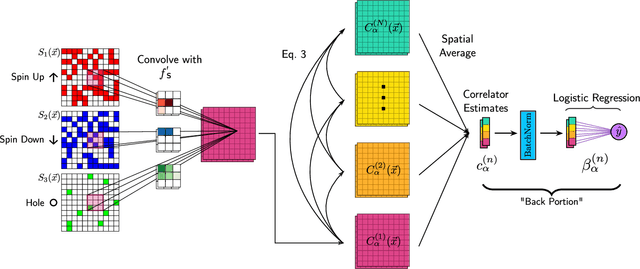
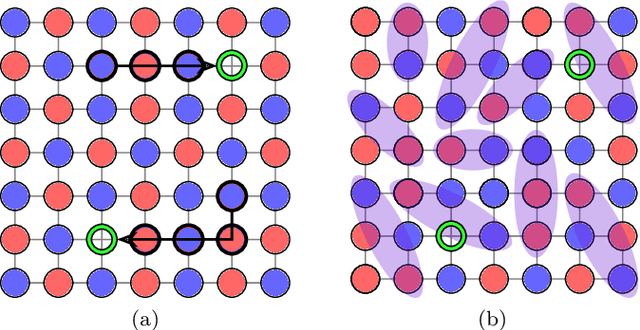
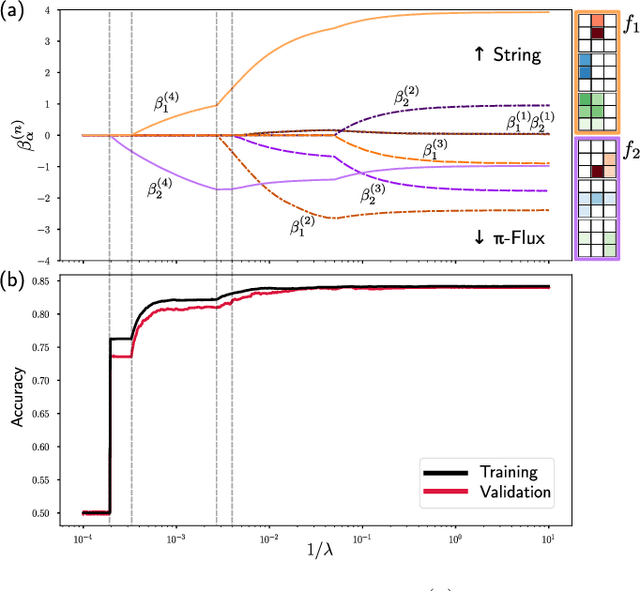
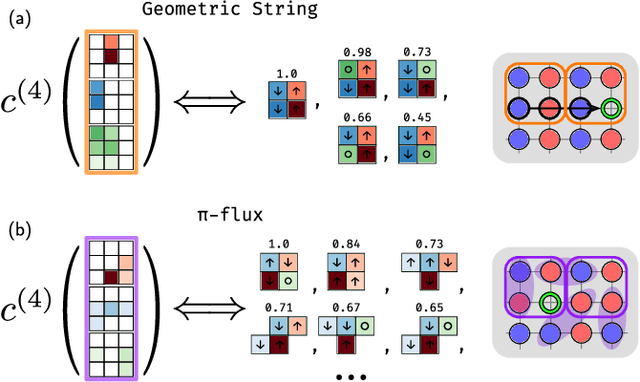
Abstract:Machine learning models are a powerful theoretical tool for analyzing data from quantum simulators, in which results of experiments are sets of snapshots of many-body states. Recently, they have been successfully applied to distinguish between snapshots that can not be identified using traditional one and two point correlation functions. Thus far, the complexity of these models has inhibited new physical insights from this approach. Here, using a novel set of nonlinearities we develop a network architecture that discovers features in the data which are directly interpretable in terms of physical observables. In particular, our network can be understood as uncovering high-order correlators which significantly differ between the data studied. We demonstrate this new architecture on sets of simulated snapshots produced by two candidate theories approximating the doped Fermi-Hubbard model, which is realized in state-of-the art quantum gas microscopy experiments. From the trained networks, we uncover that the key distinguishing features are fourth-order spin-charge correlators, providing a means to compare experimental data to theoretical predictions. Our approach lends itself well to the construction of simple, end-to-end interpretable architectures and is applicable to arbitrary lattice data, thus paving the way for new physical insights from machine learning studies of experimental as well as numerical data.
 Add to Chrome
Add to Chrome Add to Firefox
Add to Firefox Add to Edge
Add to Edge